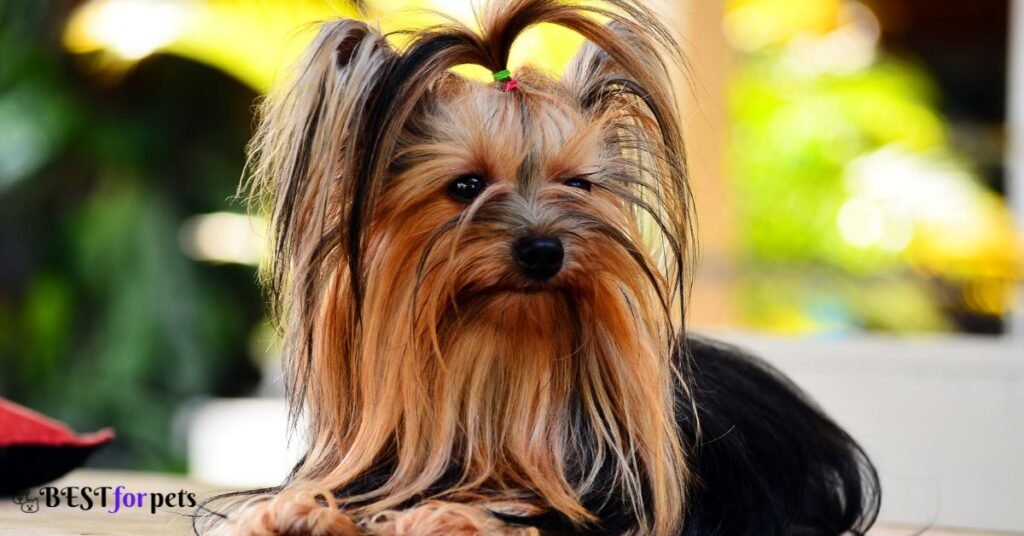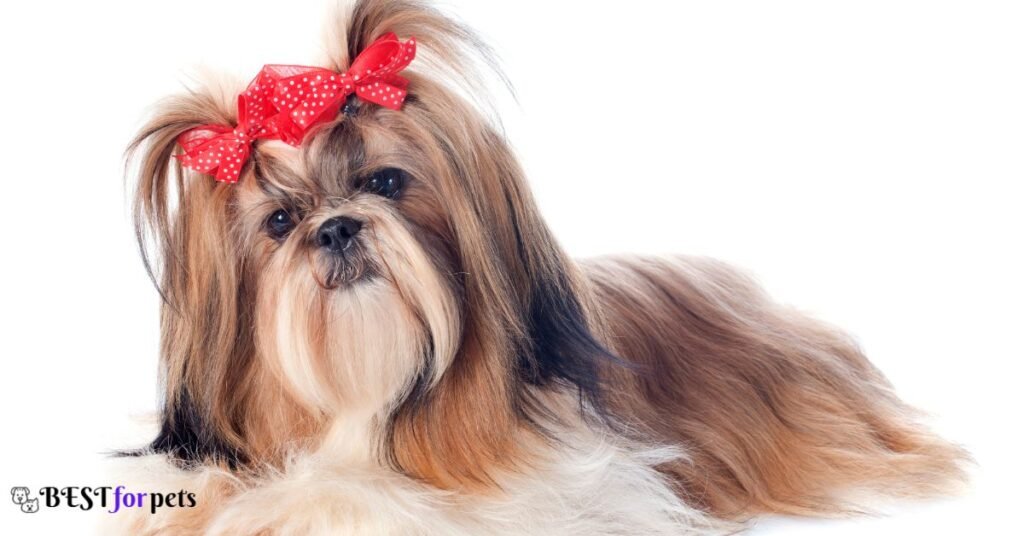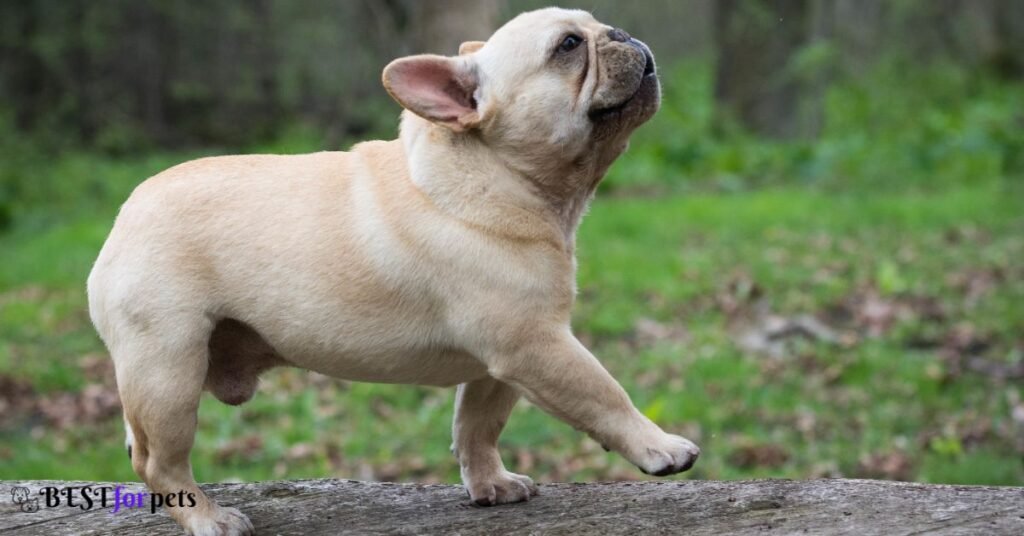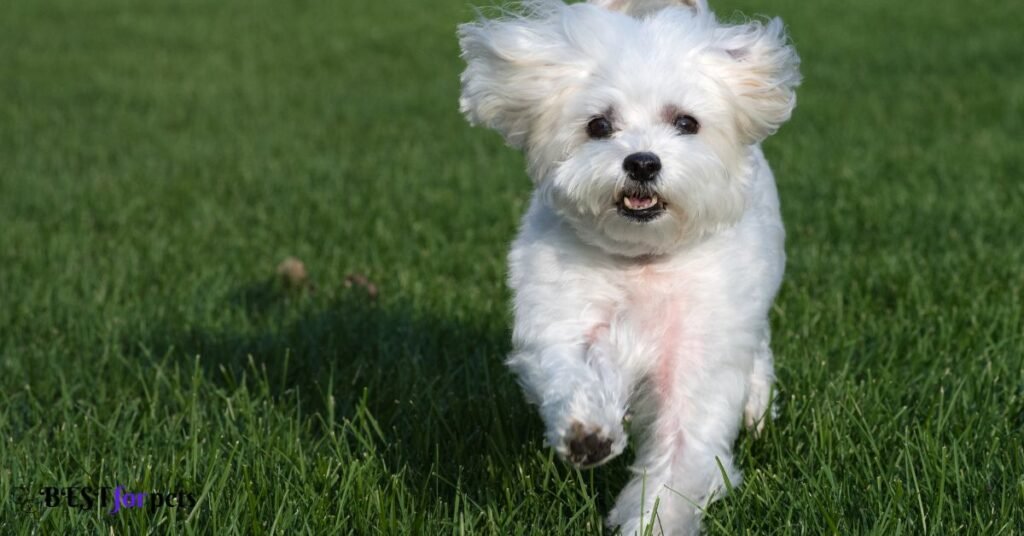1. Chihuahua
Chihuahuas are the smallest dog breed in the world, originating from Mexico. They are known for their tiny size, with adults weighing between 2 to 6 pounds. Despite their small stature, Chihuahuas possess big personalities. They are often confident, alert, and fiercely loyal to their owners. These little dogs can adapt well to various living situations, including apartments, but may require extra care in cold weather due to their minimal body fat.
Chihuahuas come in different coat varieties, including smooth and long coats, and they require regular grooming to keep their coats healthy. They are also known for their expressive eyes and large ears. Chihuahuas make devoted companions and are suitable for individuals or families who can provide them with love, attention, and proper socialization.


2. Yorkshire Terrier
Yorkshire Terriers, or Yorkies, are glamorous toy breeds that originated in England. They are small and elegant dogs with a weight range of 4 to 7 pounds. Yorkies are known for their spirited and feisty nature, often displaying confidence beyond their size. They have a long, silky coat that requires regular grooming to maintain its beauty. Despite their dainty appearance, Yorkies have a bold and outgoing personalities.
They enjoy being the center of attention and thrive on human companionship. Yorkies can adapt well to various living environments, including apartments, and make excellent lap dogs. Their loyalty and affectionate nature make them great companions for individuals or families who are willing to provide them with proper care, attention, and socialization.
3. Shih Tzu
Shih Tzus are small and affectionate breeds that originated in Tibet. They were historically bred as companion dogs for Chinese royalty. Shih Tzus have a distinctive appearance, characterized by their luxurious, flowing coats and adorable flat faces. They typically weigh between 9 to 16 pounds. These dogs have a gentle and friendly nature, making them great family pets.
Shih Tzus enjoy spending time with their owners and are known to be good with children. They do require regular grooming to maintain their coat’s health and prevent matting. Shih Tzus are adaptable and can thrive in various living environments, including apartments. Their affectionate and gentle demeanor, combined with their small size, make them well-suited for individuals or families looking for a loving and loyal companion.


4. Pomeranian
Pomeranians, often referred to as “Poms,” are small and lively toy breeds. Originating from the Pomerania region in Central Europe, they typically weigh between 3 to 7 pounds. Pomeranians are known for their confident and extroverted personalities. Despite their small size, they possess a spirited nature and are often fearless.
Pomeranians have a thick double coat that comes in various colors and requires regular brushing and maintenance to keep it healthy and free from tangles. They are highly intelligent and trainable, making them well-suited for various activities such as obedience and agility training.
Pomeranians thrive on human companionship and enjoy being the center of attention. They are adaptable to different living situations, including apartments, as long as they receive proper exercise, mental stimulation, and socialization.
5. Papillon
Papillons are small and elegant toy breeds named after their distinctive butterfly-like ears, which give them a unique and charming appearance. They typically weigh between 4 to 9 pounds. Papillons are intelligent and active dogs that often excel in obedience and agility training. They have a friendly and outgoing nature, making them great companions for individuals or families.
Despite their small size, Papillons have a sturdy and athletic build. They require regular exercise to keep them physically and mentally stimulated. Papillons have a long, silky coat that requires regular grooming to maintain its beauty and prevent matting. These little dogs are known for their alertness, curiosity, and affectionate nature. They adapt well to different living environments and can thrive in both urban and rural settings.


6. French Bulldog
French Bulldogs are small, muscular dogs with a distinctive appearance. They have a stocky build, bat-like ears, and a cute, wrinkled face. Despite their compact size, they possess a playful and affectionate nature. French Bulldogs are known for their adaptability and are suitable for various living situations, including apartments. They are loyal and friendly, making them great companions for families and individuals alike.
French Bulldogs don’t require extensive exercise but enjoy short walks and playtime. Their short coat is low maintenance, requiring occasional brushing. They are prone to certain health issues due to their unique facial structure, so regular veterinary check-ups are essential. With their charming personalities and adorable looks, French Bulldogs have gained immense popularity as beloved pets worldwide.
7. Cavalier King Charles Spaniel
Cavalier King Charles Spaniels are small, elegant dogs known for their gentle and friendly nature. They have a silky, medium-length coat that comes in various colors and requires regular grooming to keep it healthy and tangle-free. Cavaliers are affectionate and enjoy being part of the family, making them excellent companions for all ages.
They are social dogs and generally get along well with children and other pets. Although they are small, Cavaliers have moderate exercise needs and enjoy daily walks and playtime. They thrive on human companionship and may experience separation anxiety if left alone for long periods. With their sweet temperament and graceful appearance, Cavalier King Charles Spaniels have captured the hearts of dog lovers around the world.


8. Pug
Pugs are small, sturdy dogs with charming and comical personalities. They are instantly recognizable by their wrinkled face, short muzzle, and curly tail. Pugs have a friendly and affectionate nature, and they adore being the center of attention. They are known for their playful antics and are often described as “clowns” due to their amusing behavior. Pugs are generally good with children and get along well with other pets.
While they enjoy short walks and indoor play, they are not overly active dogs. Pugs have a short coat that requires minimal grooming but shedding may be a concern. Due to their brachycephalic (short-nosed) features, they may be prone to certain respiratory issues, and care should be taken in extreme weather conditions. With their lovable nature and undeniable charm, Pugs have become a popular choice for dog enthusiasts worldwide.
9. Boston Terrier
The Boston Terrier is a small and lively breed known for its friendly and affectionate nature. Originating in the United States, they are often referred to as the “American Gentleman.” With their distinctive tuxedo-like markings, compact body, and charming personality, Boston Terriers make excellent companions for individuals and families alike. They are adaptable and can thrive in both urban and rural environments.
These intelligent dogs are easy to train and enjoy participating in various activities such as obedience, agility, and even therapy work. Boston Terriers have a short coat that requires minimal grooming, making them low-maintenance in terms of grooming needs. They are sociable and get along well with children and other pets, making them a great choice for multi-pet households. With their lively and friendly nature, Boston Terriers bring joy and laughter to their owners’ lives.


10. Maltese
The Maltese is a small and elegant breed with a long history as a companion dog. Originating from Malta, these dogs are known for their beautiful white, silky coats that require regular grooming to keep them looking their best. Maltese dogs have a gentle and affectionate temperament, often forming strong bonds with their owners.
They thrive on human companionship and love to be involved in family activities. Despite their small size, Maltese dogs have a confident and fearless nature. They are intelligent and quick to learn, making them relatively easy to train. While they are typically great with older children, they may be better suited for families without very young children due to their delicate stature.
Maltese dogs are well-suited for apartment living but still require regular exercise and mental stimulation. With their enchanting beauty and loving personality, Maltese dogs are a delightful addition to any household.
Training And Care Tips For The Smallest Dog Breeds
Training and Care Tips for Smallest Dog Breeds:
Socialization is Key:
Regardless of their size, small dog breeds need proper socialization from an early age. Expose them to various people, animals, and environments to help them develop confidence and good manners.
Positive Reinforcement:
Use positive reinforcement techniques, such as treats, praise, and rewards, to train your small dog. They respond well to positive reinforcement and will be more motivated to learn and obey commands.
Gentle Handling:
Due to their delicate nature, handle small dogs with care and gentleness. Avoid rough play or excessive physical pressure, as they are more prone to injuries compared to larger breeds.
Regular Exercise:
Despite their size, small dogs still require regular exercise to keep them physically and mentally stimulated. Short walks, play sessions, and interactive toys are great ways to provide exercise and prevent behavioral issues.
Dental Care:
Small dog breeds are often prone to dental problems. Establish a regular dental care routine, including brushing their teeth regularly and providing appropriate dental chews or toys.
Grooming Needs:
Small dogs may have specific grooming needs based on their coat type. Regular brushing, bathing, and trimming (if necessary) will help maintain their coat’s health and appearance.
Safety Considerations:
Pay attention to the safety of your small dog. Ensure your home environment is free from hazards such as small objects, toxic plants, and open windows or gaps where they could escape.
Health Monitoring:
Regularly monitor your small dog’s health by scheduling routine veterinary check-ups. Small breeds can be susceptible to certain health issues, so early detection and timely treatment are essential.
Proper Nutrition:
Choose a high-quality, balanced diet formulated specifically for small breeds. Small dogs have unique nutritional needs, including smaller kibble size and appropriate calorie intake.
Love and Attention:
Above all, small dog breeds thrive on love and attention. Spend quality time with your furry friend, provide mental stimulation, and create a nurturing environment to foster a strong bond and a happy, well-adjusted companion.
Frequently Asked Questions
Are small dog breeds suitable for families with children?
Many small dog breeds can be great companions for families with children. However, it’s important to choose a breed known for its compatibility with kids and ensure that both the children and the dog are taught how to interact safely and respectfully.
Do small dogs require less exercise than larger breeds?
While small dogs generally require less exercise compared to larger breeds, they still need regular physical activity to stay healthy. Short walks, playtime, and mental stimulation activities are important for their well-being.
Are small dogs harder to train?
Training small dogs can have its challenges, as they can sometimes be stubborn or have a tendency to develop “small dog syndrome.” However, with consistent positive reinforcement training techniques and patience, small dogs can be trained successfully.
Do small dog breeds have specific health issues?
Some small dog breeds may be prone to certain health issues, such as dental problems, patellar luxation, or respiratory difficulties. It’s important to research the specific breed you are considering and consult with a veterinarian for preventive care and regular check-ups.
Can small dogs live in apartments or small living spaces?
Yes, many small dog breeds adapt well to apartment living or small living spaces. However, it’s crucial to provide them with regular exercise, mental stimulation, and opportunities to relieve themselves outside.
Do small dogs get along with other pets?
Small dogs can get along well with other pets, including cats and other dogs, if properly introduced and socialized from a young age. However, each dog’s temperament and individual personality should be taken into consideration.
How long do small dogs typically live?
Small dog breeds generally have longer lifespans compared to larger breeds. On average, they can live anywhere from 10 to 15 years or even longer, depending on their overall health and care.
Can small dogs be left alone for long periods?
Small dogs, like any other breed, should not be left alone for extended periods. They require companionship and social interaction. If you need to be away for longer periods, it’s important to arrange for appropriate care, such as a dog sitter, doggy daycare, or engaging them with stimulating toys and activities.
Are small dog breeds hypoallergenic?
Some small dog breeds are considered hypoallergenic, meaning they produce fewer allergens compared to other breeds. However, it’s important to note that no dog is completely hypoallergenic, and individual allergies can vary. It’s recommended to spend time with the specific breed to assess any potential allergic reactions before bringing one home.

